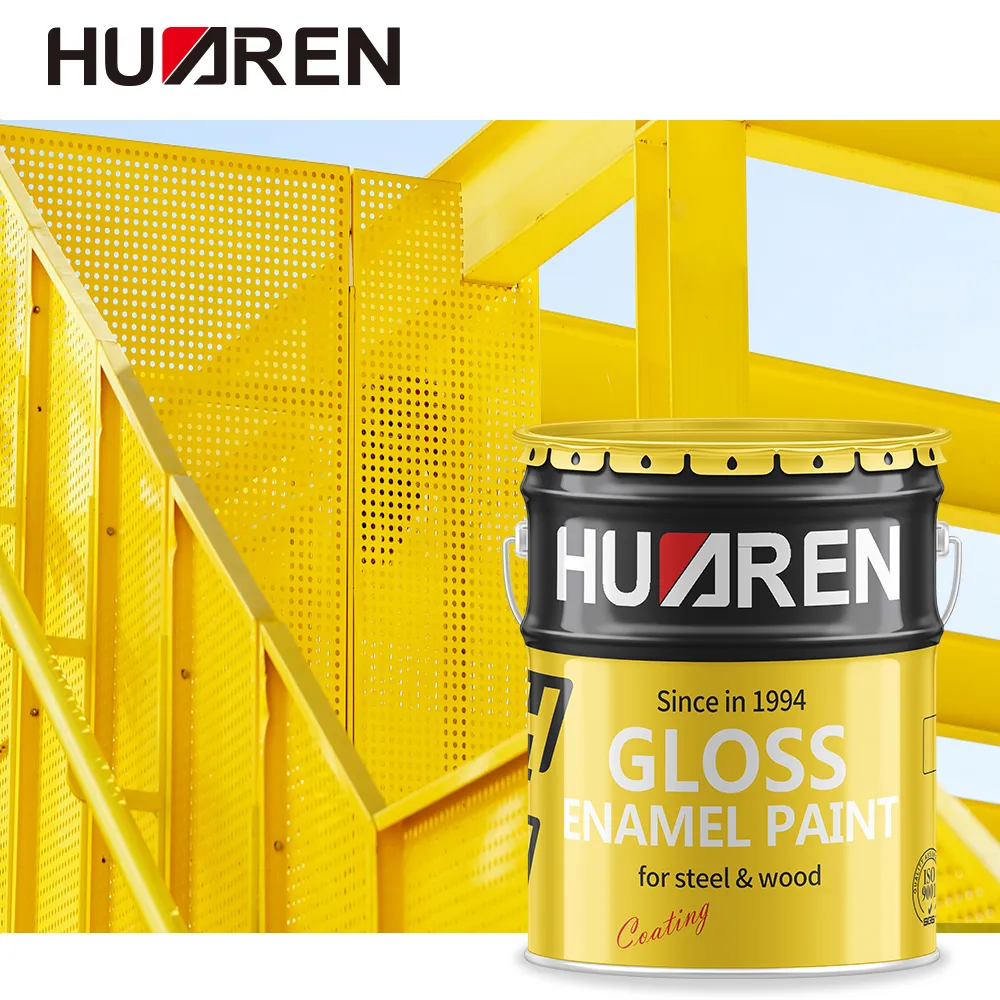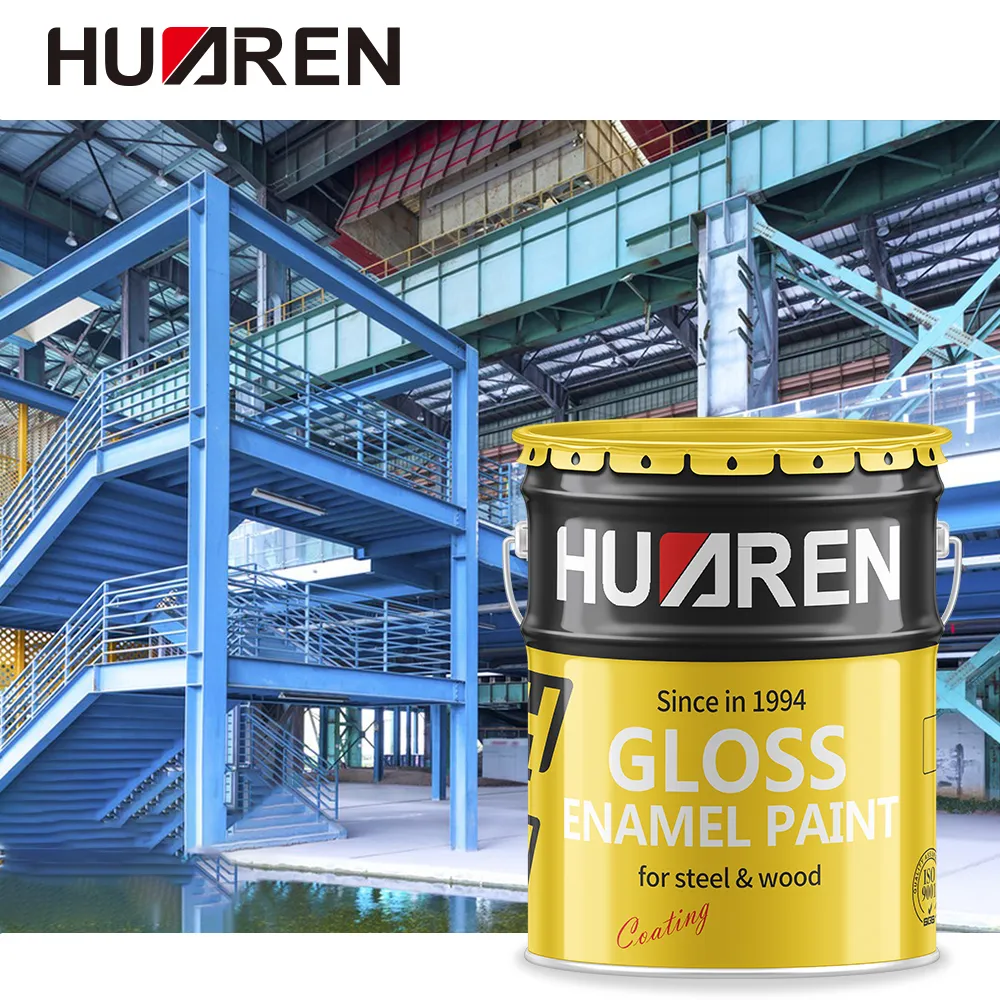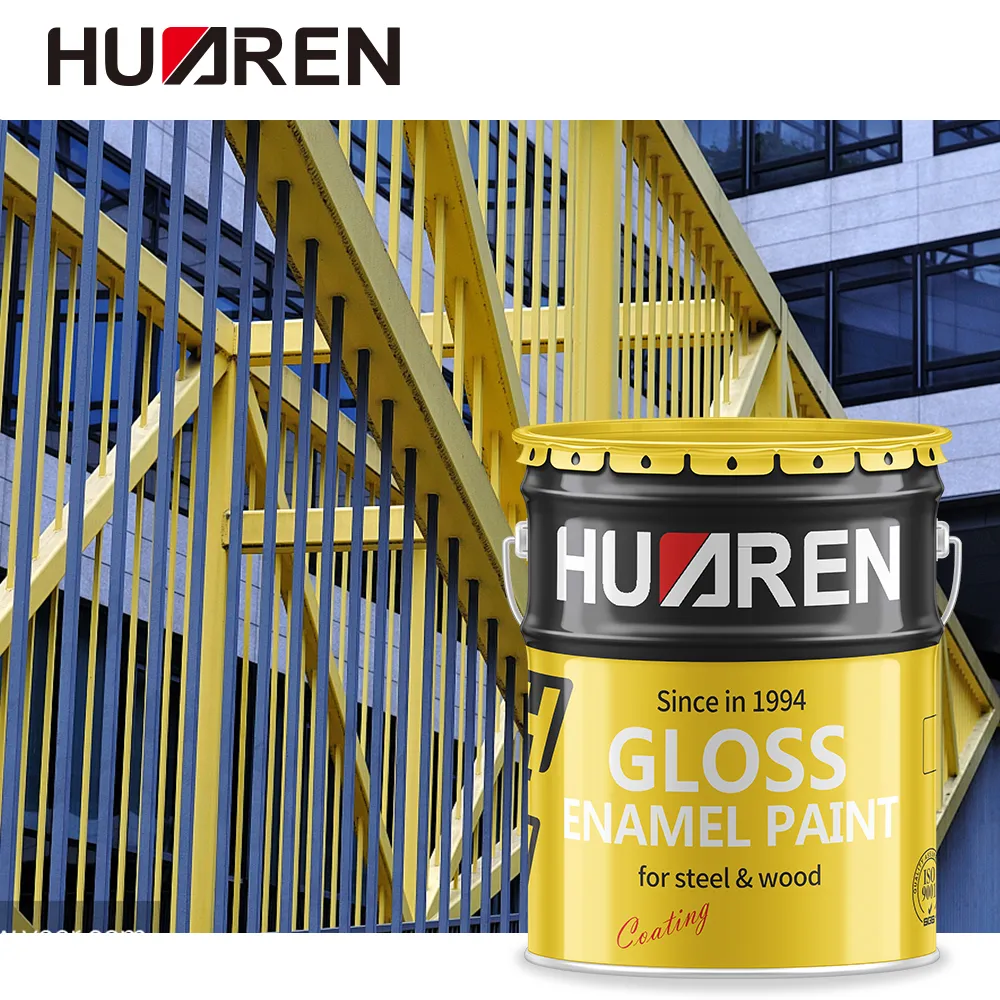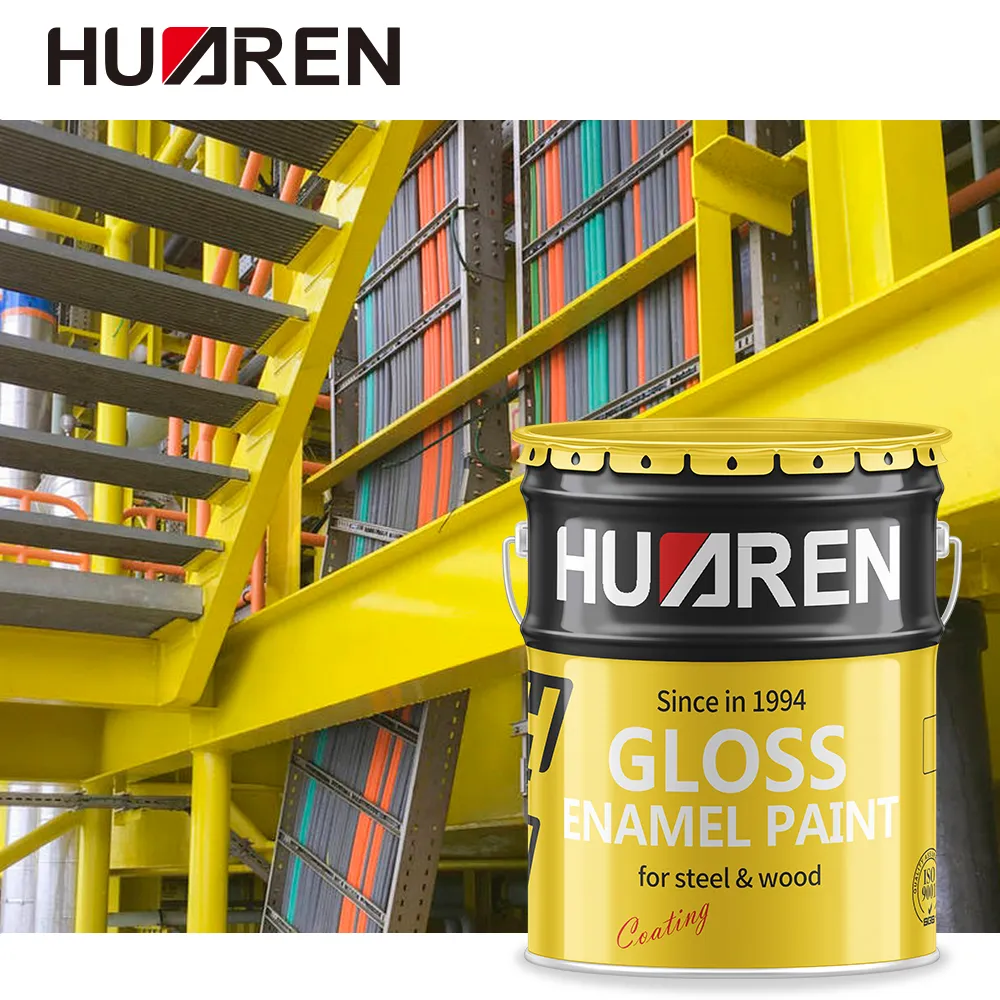In modern coating technology, fast drying paint is widely used in automobiles, furniture, construction and industry because of its fast drying characteristics. Compared with traditional paints, quick drying paint can be dried in a shorter time, thereby improving work efficiency and reducing downtime waiting time. However, "fast drying" does not mean instant drying, and different types of quick drying paint have different drying times in actual applications.
This article will explore the drying principle of quick drying paint, the drying time of different types of quick drying paint, and the key factors affecting the drying speed.

What is quick drying paint?
Quick drying paint is a special type of paint that has been chemically modified so that it can quickly evaporate solvents or undergo cross-linking reactions after painting to form a hard and durable paint film. Its main feature is that it reaches a surface dry or solid dry state in a short time, which makes it particularly important in projects that require fast painting or multi-process construction.
Quick drying paint usually includes acrylic fast drying paint, polyurethane fast drying paint, epoxy fast drying paint and other categories. The chemical composition and drying mechanism of each paint are different, and the drying time also varies accordingly. Understanding the drying characteristics of different types of fast drying paint is essential for choosing the right paint and arranging the construction time.
What is the drying process of fast drying paint?
The drying process of paint is generally divided into three stages: surface drying, hard drying and curing. The drying mechanism of quick drying paint is similar to that of ordinary paint, but it has been specially adjusted in terms of formulation and evaporation rate.
1. Surface drying: Surface drying means that a dry film is formed on the surface of the paint film, but its inner layer is still wet. At this stage, the paint film can resist slight dust and touch, but still needs further drying. Quick drying paint can usually reach the surface drying state within a few minutes to more than ten minutes.
2. Hard drying: Hard drying means that the entire thickness of the paint film is dried to a certain extent, can withstand certain friction and slight pressure, but is not completely cured. The hard drying time of fast drying paint is generally about 1 to 2 hours.
3. Curing: The paint film is completely dry and reaches the final hardness, durability and chemical stability. For quick drying paint, the curing time may be much longer than the surface drying and through drying time, usually more than 24 hours.

How long does it take for different types of quick drying paint to dry?
There are many types of quick drying paints, depending on the different chemical compositions and application scenarios, and the drying time and drying method of each fast drying paint are different. The following will analyze several common types of fast drying paints.
Acrylic quick drying paint
Acrylic quick drying paint is the most common type of fast drying paint, which is widely used in surface coating of automobiles, furniture and industrial products. It has excellent weather resistance and gloss retention, and a short drying time.
● Surface drying time: 5-10 minutes.
● Through drying time: 1-2 hours.
● Curing time: more than 24 hours.
The drying speed of acrylic quick drying paint mainly depends on the volatilization of the solvent. Due to its light molecular structure, the solvent evaporates quickly, thereby accelerating the drying process. At room temperature, it can achieve surface drying effect within a few minutes.
Polyurethane quick drying paint
Polyurethane quick drying paint is known for its excellent wear resistance and chemical resistance. It is often used in coatings that require high durability, such as automobiles, ships, and mechanical equipment. Polyurethane paint is cured by a two-component chemical reaction to form an extremely hard coating.
● Surface drying time: 10-20 minutes.
● Through drying time: 2-4 hours.
● Curing time: 24-48 hours.
Although polyurethane quick drying paint has a fast surface drying speed, it takes longer to fully cure, especially in the case of multi-layer coating. For the coating of mechanical equipment, it is usually recommended to wait at least 48 hours before putting it into use.
Epoxy quick drying paint
Epoxy quick drying paint is a two-component paint that dries and cures through a chemical reaction between epoxy resin and curing agent. It is widely used in the anti-corrosion protection of industrial equipment and steel structures.
● Surface drying time: 15-30 minutes.
● Through drying time: 3-5 hours.
● Curing time: 48-72 hours.
Although epoxy quick drying paint performs well in terms of surface drying and through drying, its full curing process is slow, especially in low temperature environments.
Nitro quick drying paint
Nitro quick drying paint is one of the earliest fast drying paints and is often used for surface treatment of furniture, musical instruments and decorations. It dries very quickly, but its durability and chemical resistance are weak.
● Surface drying time: 2-5 minutes.
● Through drying time: 30 minutes to 1 hour.
● Curing time: 12-24 hours.
Nitro paint has extremely high solvent volatility, so it can complete surface drying and through drying in a short time. However, due to its relatively weak paint film structure, it still needs to be handled with care after curing.

What factors affect the drying time of fast drying paint?
Although fast drying paint dries relatively quickly, its drying time is still affected by many factors. Understanding these influencing factors will help better control the construction progress and quality.
Ambient temperature
Temperature is one of the main factors affecting the drying speed of paint. In a high temperature environment, the solvent in the paint evaporates faster, thus speeding up the drying process. Generally, the ideal application temperature is between 20-30 degrees Celsius. In a low temperature environment, especially below 15 degrees Celsius, the drying process may be significantly prolonged.
Air humidity
Humidity also directly affects the drying speed of the paint film. When the humidity is high, the evaporation rate of the solvent slows down, resulting in delayed drying of the paint film. To ensure that fast drying paint can dry under optimal conditions, it is generally recommended that the humidity of the construction environment be kept between 50%-70%.
Coating thickness
Coating thickness has a direct impact on the drying time of fast drying paint. Thin coatings can dry faster, while thick coatings take longer for the solvent to evaporate and complete the cross-linking reaction. Therefore, during the construction process, the coating thickness recommended by the manufacturer should be strictly followed to avoid prolonging the drying time or affecting the quality of the paint film.
Ventilation conditions
Good ventilation helps to accelerate the evaporation of solvents, thereby shortening the drying time of the paint film. In a closed environment, solvent evaporation is hindered and the drying time will increase significantly. Therefore, it is very important to maintain good ventilation conditions when using quick drying paint, especially when applying indoors.
Substrate material
The drying time of quick drying paint is also related to the substrate material to which it is applied. Metal surfaces usually dry faster than wood and plastic surfaces because metal can conduct heat faster and promote the drying of the paint film. For porous materials such as wood, the paint may be partially absorbed, which delays drying.

What are the recommendations for the use of fast drying paint?
Although fast drying paint has obvious drying advantages, the following points should still be noted during use to ensure the quality of the paint film and the construction effect:
1. Reasonable coating thickness: Avoid applying too thick a film at one time. It is best to apply thin layers multiple times to ensure that each layer of paint can dry quickly and achieve the best adhesion.
2. Appropriate construction conditions: Choose appropriate temperature, humidity and ventilation conditions to ensure that the paint film can dry in the best environment.
3. Avoid touching the wet paint film: Although fast drying paint can quickly reach surface drying, the paint film has not yet completely hardened. Avoid touching or applying pressure too early to avoid leaving marks or damaging the paint film.
4. Pay attention to the curing time: When applying multiple layers of paint, wait for each layer to dry completely before applying the next layer to avoid adhesion or bubbling between paint films.

